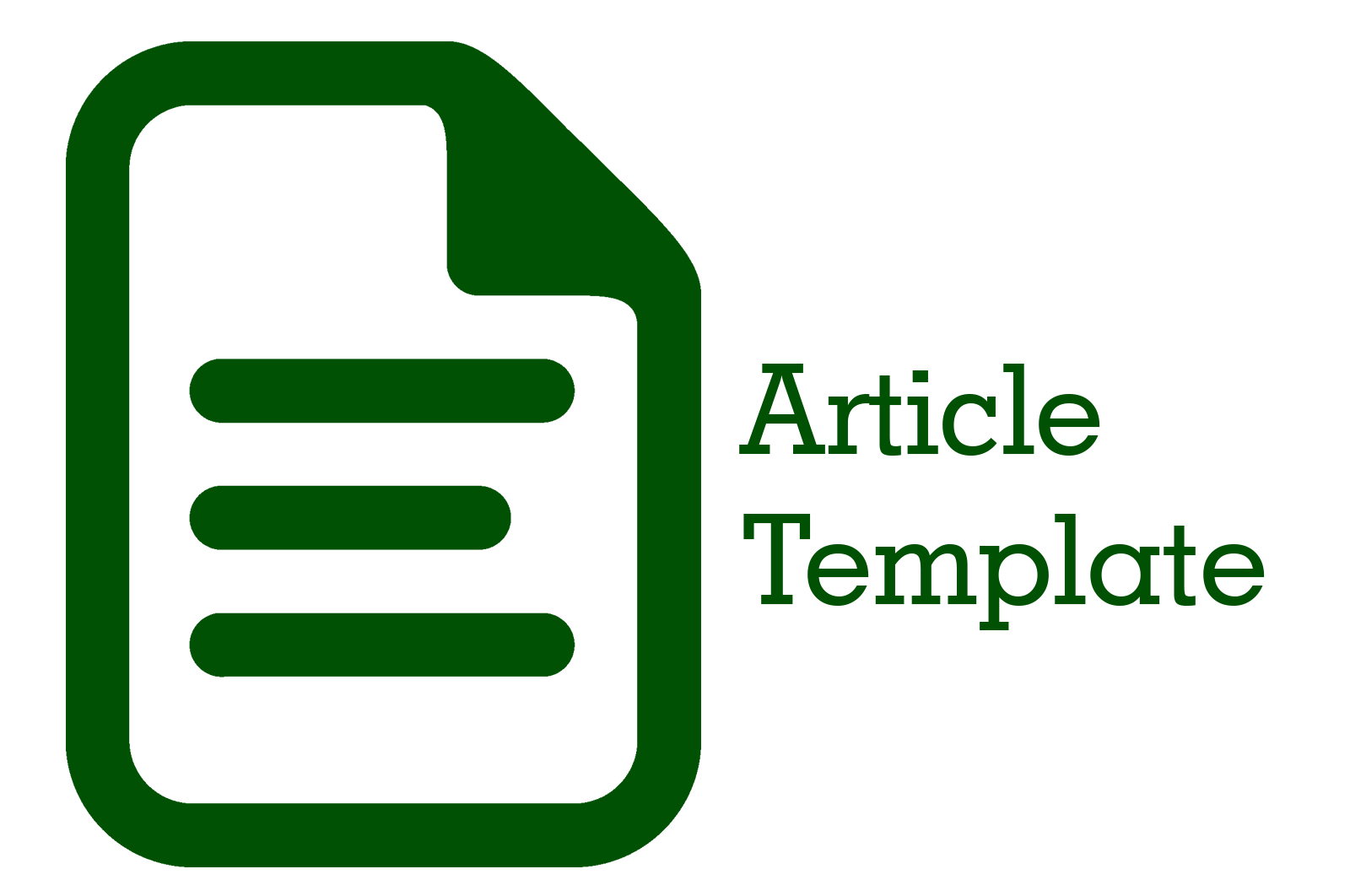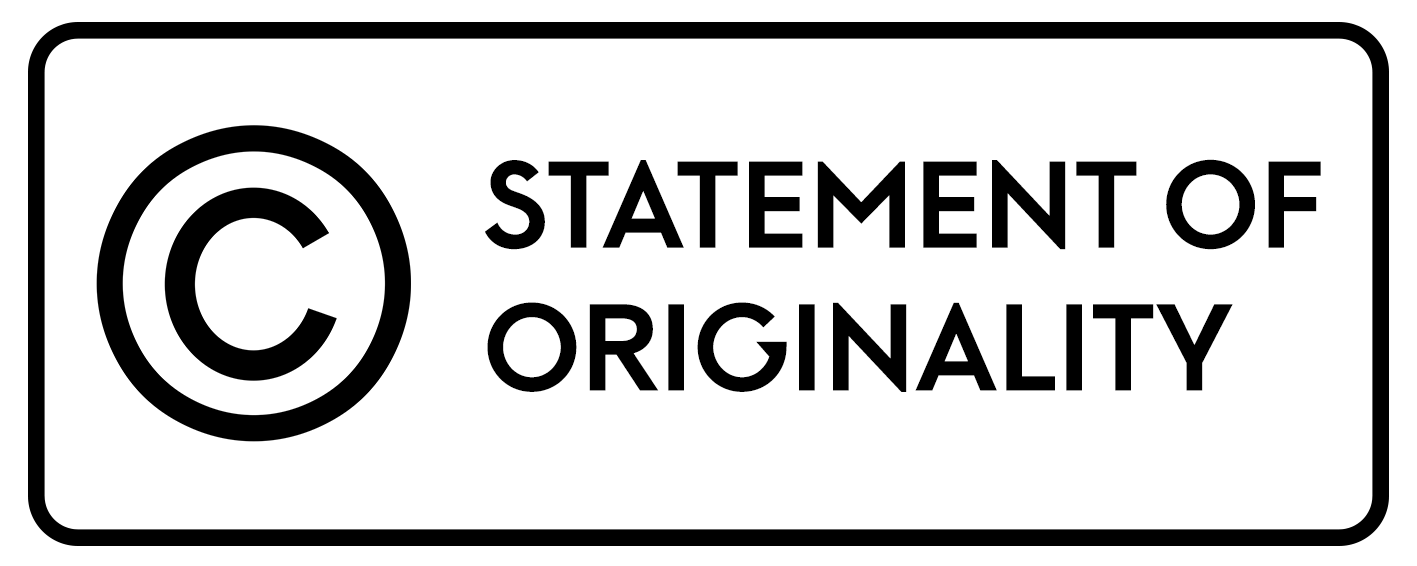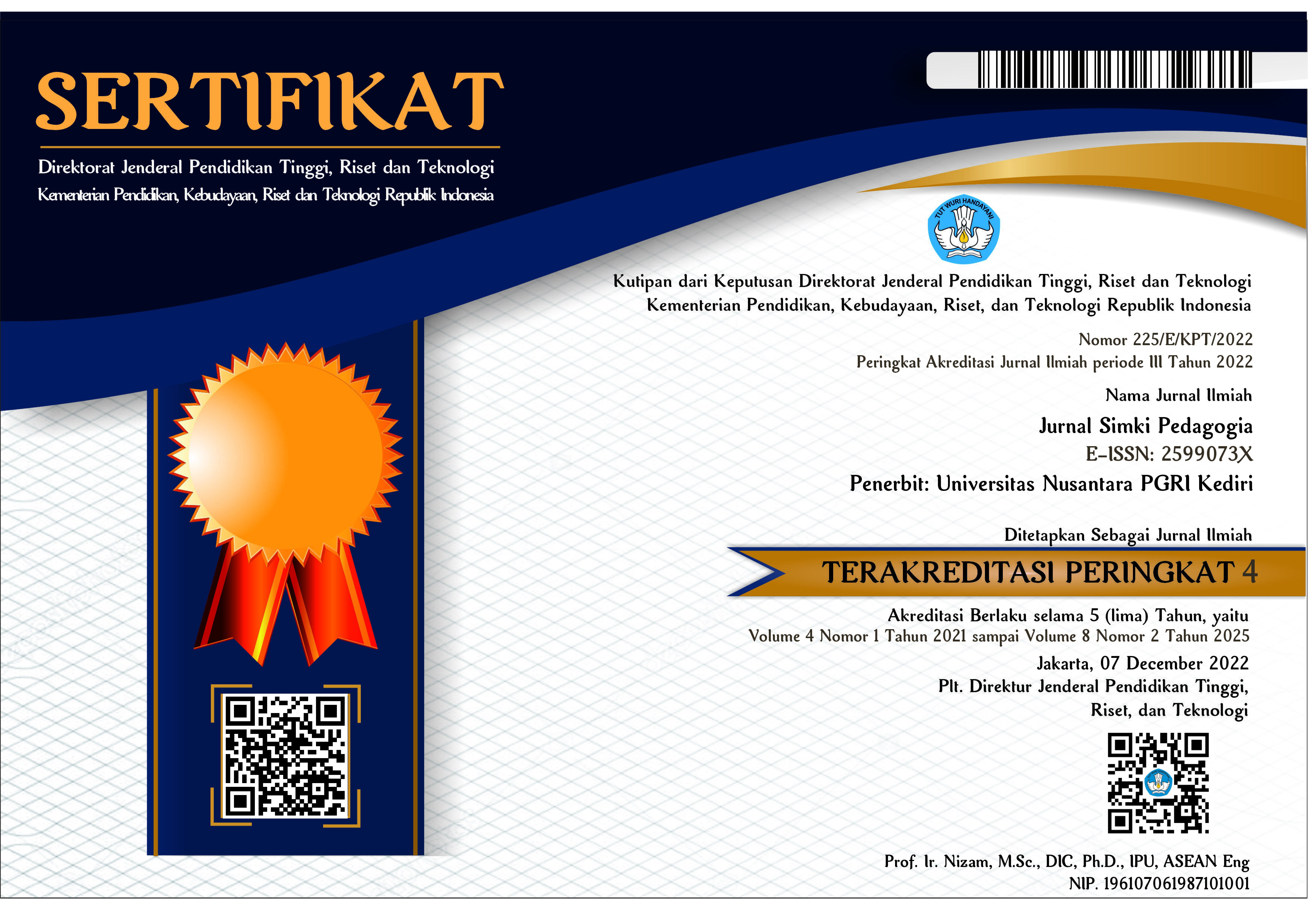Kajian Feminisme dalam Novel “Bumi Manusia” Karya Pramoedya Ananta Toer
 Abstract views: 2039
,
Abstract views: 2039
,
 PDF (Bahasa Indonesia) downloads: 6956
PDF (Bahasa Indonesia) downloads: 6956
Abstract
The problem in this research is how the structural elements in the novel Bumi Manusia by Pramoedya Ananta Toer and how socialist feminism forms in the novel Bumi Manusia by Pramoedya Ananta Toer. The purpose of writing this scientific paper is to describe the structural elements in Pramoedya Ananta Toer's novel Bumi Manusia and to describe the form of socialist feminism in Pramoedya Ananta Toer's novel Bumi Manusia. The method used in this scientific work is a qualitative descriptive method. The data in this study are written text data related to the structural elements and forms of socialist feminism in the novel Bumi Manusia by Pramoedya Ananta Toer. The source of the data in this research is the novel Bumi Manusia by Pramoedya Ananta Toer. Data collection uses reading and note-taking methods. The result of this research is that there are structural elements (themes, characterizations, setting, plot, point of view, and mandate) and socialist feminism in Pramoedya Ananta Toer's novel Bumi Manusia.
Downloads
References
Bhasin dan Khan. 1995. Persoalan Pokok Mengenai Feminisme dan Relevansinya. Jakarta: Gramedia Pustaka Utama.
Burger, Jane C dan Hellena Moore. 1996. Sosiologi Wanita. Jakarta: Rineka Cipta.
Ridwan, M. F., & Sofianto, K. (2019). Rasisme dalam Novel Bumi Manusia Karya Pramoedya Ananta Toer: Kajian Sosiologi Sastra. Diglosia – Jurnal Pendidikan, Kebahasaan, dan Sastra Indonesia, 3 (2), 1–11.
Toer, Pramoedya Ananta. Bumi Manusia. 2016. Jakarta: Lentera Dipantara.
Wiyatmi. 2012. Kritik Sastra Feminis: Teori dan Aplikasinya dalam Sastra Indonesia. Yogyakarta: Ombak.
Copyright (c) 2021 Ajeng Ayuning Tyas

This work is licensed under a Creative Commons Attribution 4.0 International License.

Jurnal Simki Pedagogia : https://jiped.org/index.php/JSP/index is licensed under a Creative Commons Attribution 4.0 International License.
















